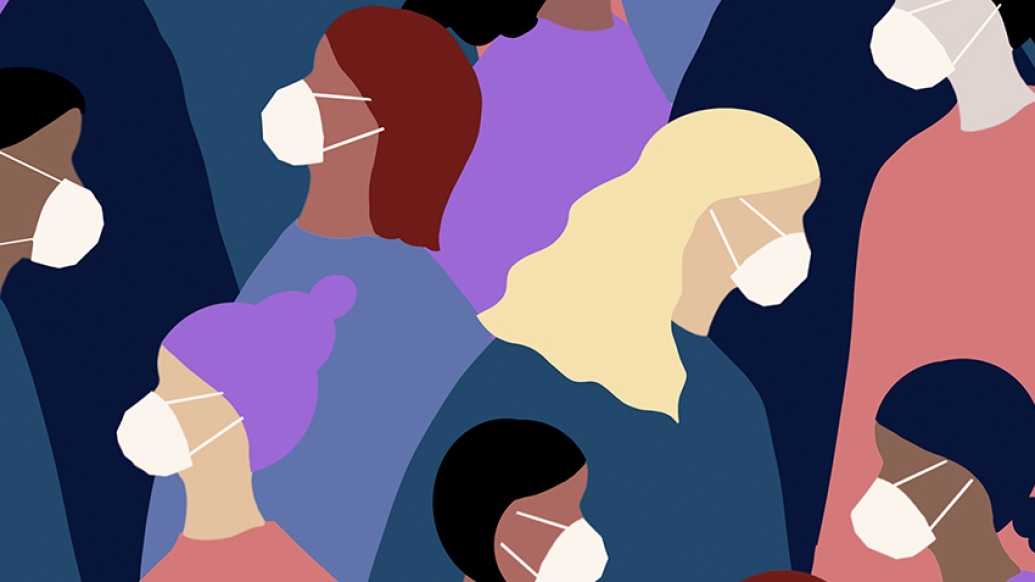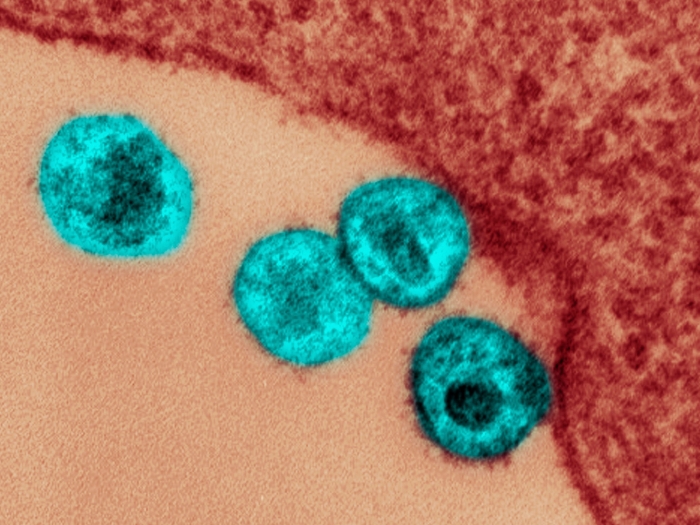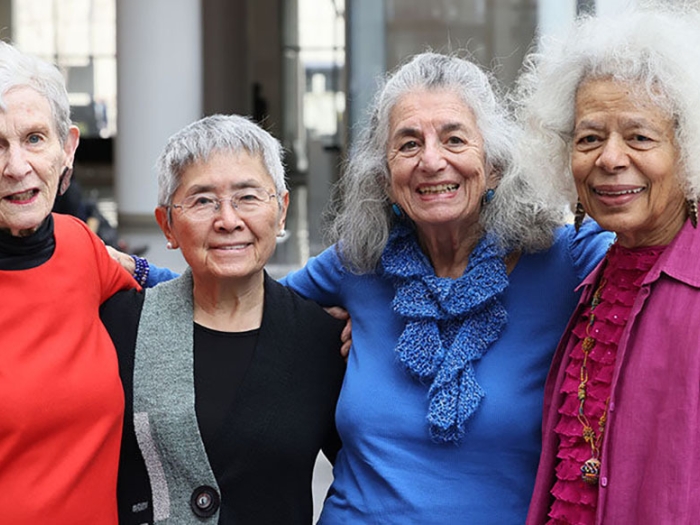Two translational research social scientists offer six practical solutions to follow.
6:46 PM
Authors |

The COVID-19 pandemic has drastically changed lives in ways that will forever shape human history. Few previous pandemics have unleashed the level of devastation in disease and death as the coronavirus pandemic has.
Declared a global public health emergency in March 2020, the total number of COVID-19 positive cases in the United States skyrocketed to over 4 million by late Summer 2020 and continued to climb to now more than 29 million infected and more than 500,000 deaths as of March 2021, the one year anniversary of the COVID-19 pandemic. African American/Black, Latino and Indigenous people experienced disproportionately higher rates of disease, death and negative social impacts.
The Program for Multicultural Health, a division of the Community Health Services Department at Michigan Medicine, analyzed available information and data to understand the impact of COVID-19 on communities of color.
Reports show Native Hawaiians/Pacific Islanders were most likely to have contracted COVID-19, while Black/African American people were most likely to have died from the virus, according to data retrieved from the COVID Tracking Project at Boston University.
As of March 2021, more than 73,000 Black lives were lost to COVID-19 in the U.S.
In Michigan, the cumulative COVID-19 case rate has been 40% higher for Black Michiganders than white residents and the death rate for Black residents has been more than three times the rate in white residents. Given the inequitable disease distribution of the disease, equitable distribution of the COVID19 vaccine is critical. The percent of vaccinated people who are Black has more than tripled between the first three weeks and the last week of vaccination (0.5% to 3.8%), but the proportion of vaccinated adults 16 and older who are Black is far lower than the proportion of Black residents (14%) in Michigan.
For this analysis, social-ecological framework was used to understand the racial health gap as it considers multi-level systemic factors (i.e., individual, institutional and socio-historical) as impactful on the quality of life of individuals. Experts attribute the racial gap in coronavirus death, for example, to several societal factors including: the over-representation of Black workers in essential jobs, mass incarceration, residential segregation, wealth inequality, and a host of other structural inequities that have long affected Black, Indigneous and Latino communities. A recent study found, for example, that Black people were six times more likely to be turned away from COVID testing once they arrived at the hospital.
Like the problem, viable societal solutions must be multifactorial to best ameliorate inequitable and negative impacts of COVID-19. Because pandemics rarely affect all people in society in a uniform way, it is essential to address the ways in which major social institutions such as health systems entrench and perpetuate broader societal power hierarchies, resulting in differential and inequitable health outcomes.
Experts suggest an intersectional approach that analyzes "within group differences" by measuring the interaction between and across specific demographic data (race, sex, age, location, etc.) to expose hidden inequities.
Solutions should reflect a systems approach that recognize healthcare and other societal institutions as products of broader societal systems. What must also be acknowledged is that sociocultural and historical contexts shape health inequities. Individuals do have a responsibility to engage in behaviors that enhance their own health, but individual responsibilities must be understood in the context of opportunities that exist within communities in which many people of color live.
"Vaccine reluctancy", influenced by past and current experience with discrimination, is especially important considering the higher COVID-19 infection and death rates in communities of color. However, we must also recognize that structural barriers, such as lack of transportation and lack of proximity to vaccination sites, decide access to the vaccine as well.
In sum, our team recommends six concrete multi-level systems strategies:
1. Develop translational interventions through community engaged research and practice.
Research practices must center the community in creating interventions that reinforce trust and positive engagement to produce optimum health outcomes among marginalized communities.
Community-university partnered research such as the recent Ypsilanti COVID-19 Study led by a collaboration between Eastern Michigan University Family Empowerment Program, the Washtenaw County Racial Equity Office and the Center for Equitable Family & Community Well-Being within the U-M School of Social Work, demonstrate equitable research practice and impactful outcomes by engaging community in all steps of the research process.
2. Incorporate experiential and measurable anti-racism training, education and other measures for providers.
Training must be incorporated into medical school curriculum and mandated health provider training with deliverables that demonstrate first, effective treatment of bias and discriminatory practices and second, improved reports that people of color are receiving respectful, trusted and equitable healthcare.
3. Support grassroots community and non-profit organizations' efforts to elevate social and economic status for people of color.
To amplify positive health impact, it is critical to identify and support community-focused, grassroots organizations and efforts that target the upstream causes of structural and systematic inequities which manifest themselves in downstream social and health disparities.
4. Advocate for policy changes at all levels across multiple institutions that highlight and dismantle systemic inequities.
Government institutions and communities need to work in partnership and use coordinated strategies to ensure laws, policies, and practices alter systemic inequities.
5. Track and prioritize for COVID-19 infection and vaccination data and distribution.
Because Black and Brown communities have been disproportionately affected by COVID-19, "improving the race and ethnicity data being collected for vaccinations is critical for ensuring equitable administration of the vaccine," says Joneigh Khaldun, the chief medical executive and chief deputy for health in Michigan. The Social Vulnerability Index, or SVI, helps prioritize high-risk individuals and communities by using U.S. Census Bureau data to identify certain 'vulnerability indicators' (e.g. economic or minority status).
6. Promote individual introspective review and address personal biases and misconceptions.
Self-education is an important first step in understanding roles and impact on achieving social justice. Individuals are also encouraged to think about their own social identity and racial group membership and recognize how it positions or has positioned them for access to structures of opportunity, power or resources.
The Program for Multicultural Health at Michigan Medicine supports the educational needs of staff, faculty and the community by analyzing and discussing effective strategies for addressing the disproportionate impact of the pandemic on communities of color. To learn more, visit the Program for Multicultural Health's Facebook page.

Explore a variety of healthcare news & stories by visiting the Health Lab home page for more articles.

Department of Communication at Michigan Medicine
Want top health & research news weekly? Sign up for Health Lab’s newsletters today!





